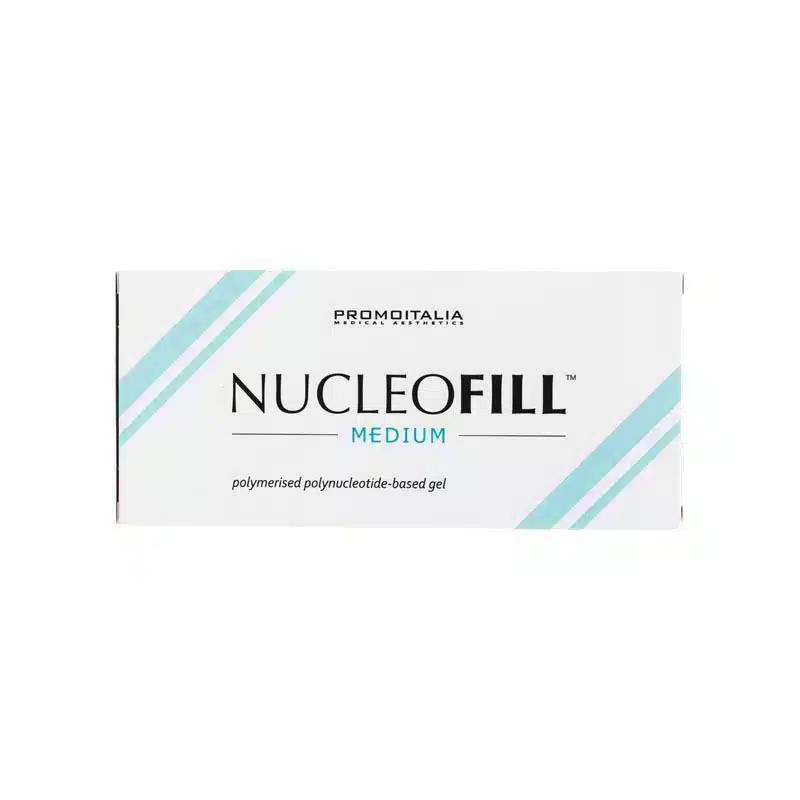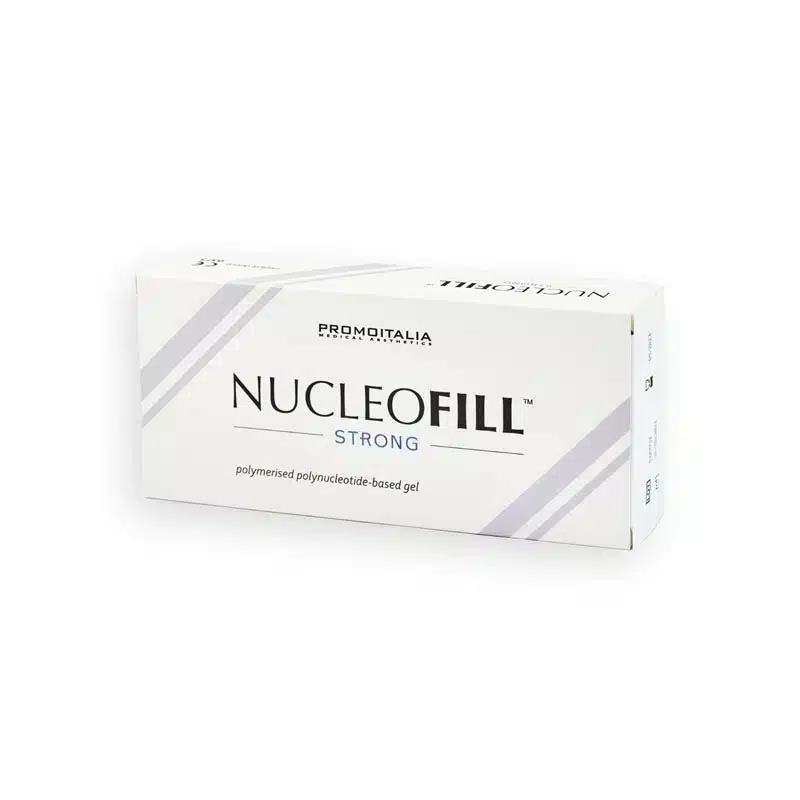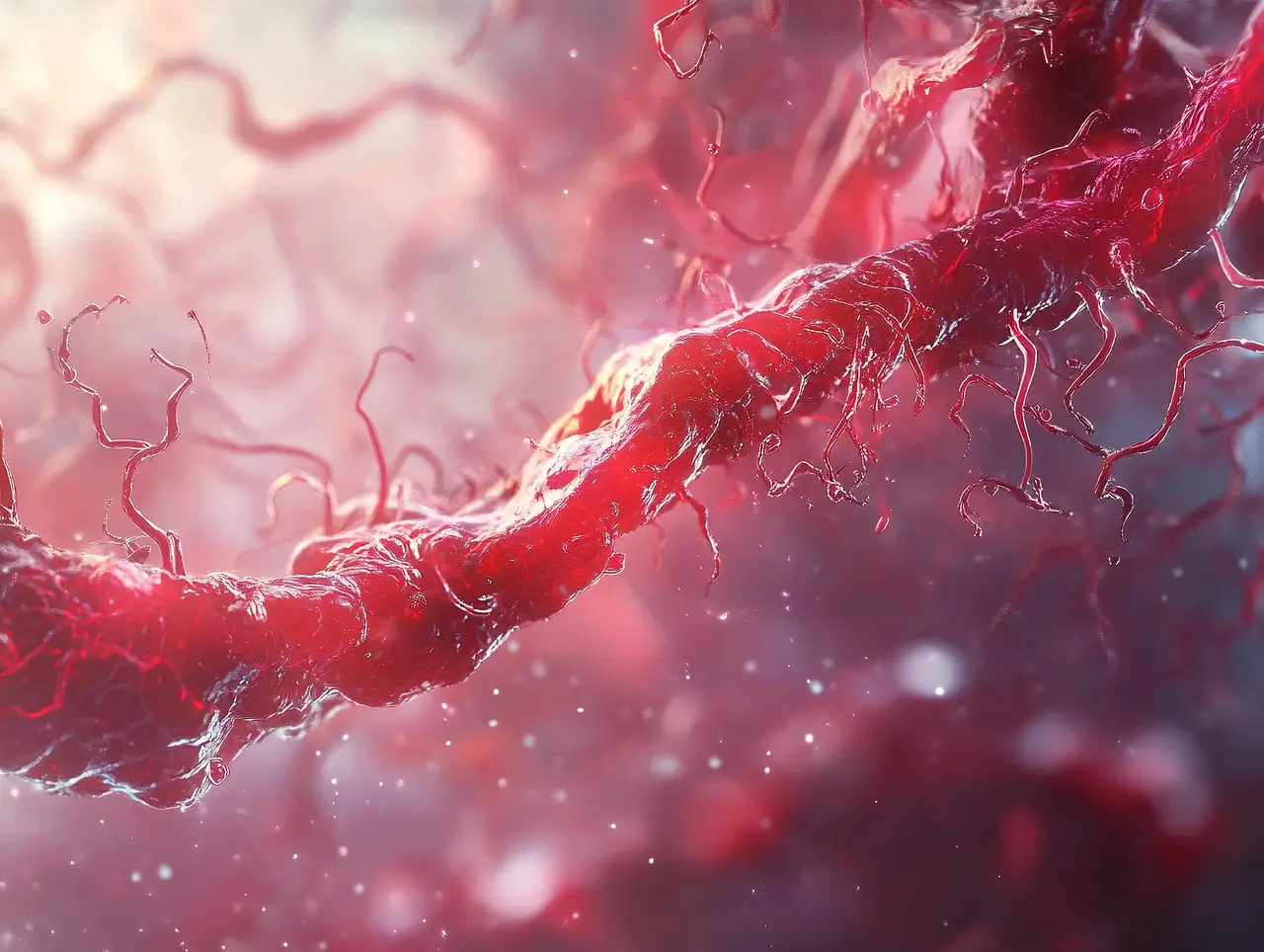Polynucleotides under eyes are a promising regenerative solution for addressing age-related periorbital issues.
The infraorbital area has delicate skin vulnerable to damage from aging, UV exposure, genetic factors, and environmental stressors. Such factors contribute to reduced skin elasticity, dehydration, fine lines, dark circles, and puffiness. Polynucleotides (PN) aim to fix these concerns via the skin’s intrinsic ability to regenerate.
This guide explains all you need to know about PN treatment, its benefits, side effects, injection techniques, indications, and contraindications to help you integrate this innovative procedure into your practice.
Key takeaways
- Polynucleotides under the eyes stimulate fibroblast proliferation and extracellular matrix synthesis, improve collagen production, and promote angiogenesis.
- Polynucleotides are recommended for reducing periorbital fine lines, dark circles, skin laxity, and photodamage.
- The treatment is contraindicated in people with fish allergies, pregnancy, or those who are breastfeeding.
- Clinical trials indicate that polynucleotide fillers outperform hyaluronic acid fillers in improving skin elasticity and wrinkle reduction around the eyes.
What Is Polynucleotide Treatment for Under Eyes?
Recent advancements have led to the development of novel filler products formulated from purified polynucleotides sourced from the germ cells of salmon and other fish species. These products are gaining traction in the aesthetics industry due to their potential usage in many different treatments, like the trending polynucleotides hair restoration.
Polynucleotides under eye treatment consist of more than 13 covalently linked nucleotide monomers with a high molecular weight of up to 800 kDa that exhibits a viscoelastic texture. [1]
Multiple clinical trials have validated the efficacy and safety of long-chain polynucleotide injections in dermatology and aesthetic medicine for skin rejuvenation across facial and other body regions.
For example, a clinical trial with 143 patients treated with long-chain polynucleotide gel demonstrated improvements in skin elasticity and hydration, alongside high levels of satisfaction from both patients and physicians. [2]
Notably, there was a marked improvement in pore size and skin thickness in individuals in their 30s. The investigators also noted improvements in skin tone, melanin levels, wrinkle reduction, and firmness in those in their 40s with no serious side effects.
How Do Polynucleotides Under Eyes Work?
The mechanism of action of polynucleotides under the eyes is centered around their ability to stimulate cellular processes and promote tissue regeneration.
They promote the proliferation and activation of dermal fibroblasts, which are crucial for synthesizing collagen and extracellular matrix (ECM) components.
PNs help with the growth of human corneal fibroblasts and support the repair of UVB-damaged dermal fibroblasts. They also increase the production of collagen types I and III, which improves skin elasticity and reduces wrinkle formation.
In vivo studies also indicate that PNs accelerate the healing of skin explants and promote corneal epithelialization following photorefractive keratotomy. [3]
Polynucleotides also play a role in angiogenesis, mediated by an increased production of vascular endothelial growth factor (VEGF). Increased angiogenesis improves tissue perfusion and nutrient supply, which is particularly beneficial in areas with compromised blood flow, such as aging or hyperpigmented skin.
These properties allow for the following polynucleotides under eyes benefits:
- Skin elasticity
- Hydration
- Reduced inflammation
- Reduced pigmentation
- Improved skin tone and texture
Indications for Polynucleotide Treatment Under Eyes
PN treatment for the under-eye area is indicated for:
- Patients who want to reduce the appearance of periorbital fine lines and wrinkles by promoting collagen synthesis and dermal remodeling
- Individuals with hyperpigmentation and vascular components of dark circles, as PN improves microcirculation and exhibits antioxidative properties
- Addressing mild to moderate skin laxity by enhancing fibroblast activity and extracellular matrix production
- Patients with dehydrated or photodamaged skin because of the hydrating effects of PN injections
- Patients seeking a non-surgical approach to periorbital rejuvenation
Contraindications for Polynucleotide Treatment Under Eyes
Polynucleotide treatment for the under-eye area is generally safe. But certain contraindications must be considered to avoid adverse reactions or complications:
- Individuals with known hypersensitivity to fish proteins should avoid treatment due to potential allergic reactions
- PNs are not recommended for pregnant or breastfeeding women due to insufficient safety data
- The presence of bacterial, viral, or fungal infections in the treatment area increases the risk of complications
- Individuals with bleeding disorders or on anticoagulant therapy are at higher risk of hematoma formation
Also, since polynucleotides are derived from animal sources, this treatment doesn’t align with the preferences of vegans.
Are Polynucleotides Better Than Fillers?
Lee et al. conducted a randomized, double-blind, split-face trial comparing the effects of polynucleotide and hyaluronic acid fillers on periocular rejuvenation.
30 participants received either polynucleotide or tear through filler in one-half of the periocular region and the other half served as the control.
Both fillers improved skin elasticity and hydration, but the PN filler demonstrated a better effect in reducing wrinkle depth and improving skin texture. [4]
Another phase III, randomized, double-blind trial compared the durability, efficacy, and safety of polynucleotide fillers versus hyaluronic acid fillers for crow’s feet wrinkles in 120 patients.
Both fillers showed improvement in wrinkle correction and skin elasticity at six months. However, the PN filler demonstrated a significantly longer duration of effect and superior efficacy at 12 months. [5]
The clinical evidence suggests that polynucleotide therapy is indeed better than hyaluronic acid fillers for increasing skin elasticity, hydration, and wrinkle correction around the eyes.
How Are Polynucleotides Administered Under Eyes?
Italian specialists advocate for the use of intradermal injections of PN-HPT™ gels using the microdroplet technique in the periocular zone. They recommend administering 1-2 mL of 7.5 mg/mL polynucleotides per session, with an initial treatment protocol consisting of one injection every 14 to 21 days. [6]
The following administration technique has been reported by a trial treating infraorbital dark circles using a polynucleotide filler:
- Injection technique—Intradermal administration using a 33-gauge nanoneedle
- Method—Serial puncture technique with injections spaced about 1 cm apart in the infraorbital region
- Dosage—Total volume ranged from 0.1 to 0.5 ml per side
- Injection volume—Approximately 0.01 to 0.02 ml of PN filler per injection site
- Injection points—12 to 24 sites per infraorbital area
- Post-treatment response—Immediate formation of lumps, which resolved spontaneously within 1-2 days
What Are the Side Effects of Polynucleotides in the Eyes?
Polynucleotides under eye side effects are not serious since it is a minimally invasive treatment. But some patients may experience mild to moderate adverse effects, including:
- Erythema
- Pruritus
- Edema
- Ecchymoses
- Transient irritation
- Infraorbital lumps
Source High-Quality Polynucleotides From Medica Depot
If you’re seeking authentic polynucleotide-based gel injections, consider NucleoFill, which is available through Medica Depot—your trusted provider of premium aesthetic products.
NucleoFill is offered in a highly effective 20 mg/ml concentration of polymerized polynucleotide, supplied in a convenient 1ml pre-filled syringe.
Schedule a consultation with our sales team today to learn how to procure NucleoFill for your practice and keep your clients safe and satisfied.
References
- Lee D, Kim MJ, Park HJ, et al. Current practices and perceived effectiveness of polynucleotides for treatment of facial erythema by cosmetic physicians. Skin Res Technol. 2023;29(9):e13466. doi:10.1111/srt.13466
- Cavallini, M. & Papagni, M.. (2007). Long chain polynucleotides gel and skin biorevitalization. Journal of Plastic Dermatology. 3. 27-32.
- Lazzarotto M, Tomasello EM, Caporossi A. Clinical evaluation of corneal epithelialization after photorefractive keratectomy in patients treated with polydeoxyribonucleotide (PDRN) eye drops: a randomized, double‐blind, placebo‐controlled trial. Eur J Ophthalmol 2004;14:284–9.
- Lee YJ, Kim HT, Lee YJ, et al. Comparison of the effects of polynucleotide and hyaluronic acid fillers on periocular rejuvenation: a randomized, double-blind, split-face trial. J Dermatolog Treat. 2022;33(1):254-260. doi:10.1080/09546634.2020.1748857
- Pak CS, Lee J, Lee H, et al. A phase III, randomized, double-blind, matched-pairs, active-controlled clinical trial and preclinical animal study to compare the durability, efficacy and safety between polynucleotide filler and hyaluronic acid filler in the correction of crow’s feet: a new concept of regenerative filler. J Korean Med Sci. 2014;29 Suppl 3(Suppl 3):S201-S209. doi:10.3346/jkms.2014.29.S3.S201
- Cavallini M, Bartoletti E, Maioli L, et al. Consensus report on the use of PN-HPT™ (polynucleotides highly purified technology) in aesthetic medicine. J Cosmet Dermatol. 2021;20(3):922-928. doi:10.1111/jocd.13679











